Northeast Asian Development Bank revisited
Click here to read this on KoreaTimes

By Ahn Choong-yong,
Foreign Investment Ombudsman
A high note at the International Track II Meeting for Northeast Cooperation I recently attended in Tokyo was a shared enthusiasm for Northeast Asian development and necessary funding architecture. I was privileged to serve as one of the speakers from six nations _ China, Japan, Russia, South Korea, Mongolia and the U.S. ― and we shared the view that Northeast Asian countries could develop a peaceful and prosperous community once properly linked through harmonized intra-regional infrastructures.
Geographically speaking, Northeast Asia encompasses China, Japan, South and North Koreas, the Russian Far East and Mongolia. In 1992, American political scientist Robert A. Scalapino called the region an extended “natural economic territory,” emphasizing sub-regional connectivity in the Tumen River Basin area – an area directly and indirectly bordered by the nations – to exploit its growth potential. Though politically separated by borders, the United Nations Development Programme (UNDP) three decades ago conceived the Tumen River Development Area, calling for cross-border connectivity to realize their intra-regional complementarity and the growth momentum inherent in truly diverse factor endowments. Despite rounds of UNDP meetings attended by key regional stakeholders, the long-heralded UNDP project has yet to materialize due to political and historical legacies.
Recently, the Asian Development Bank forecasted that key SOC projects to deepen essential connectivity in Asia may require about $8.3 trillion by 2020. Given the development potential and funding requirements in Northeast Asia, the creation of a Northeast Asian Development Bank, as observed in the African and Inter-American Development Bank, has long been proposed by experts in the region while the Asian Development Bank may concentrate on funding large-scale infrastructure projects for Southwest Asian nations. An ASEAN infrastructure fund has already been established to finance a number of its development projects.
Rapidly rising China, with its 1.3 billion consumers, has become an important pillar of the world economy. Recently, China revealed an ambitious Changchun-Jilin development corridor to enhance its link with the East Sea route. Eastern Siberia has the world’s largest deposits of natural gas and other mineral resources. President Vladimir Putin of Russia, which is preparing to host its first APEC summit in September, recently emphasized Eastern Siberian development through his “look east policy” along with Russia’s recent accession to the World Trade Organization. As for Japan and Korea, though technologically advanced and capable of supplying significant amount of capital, they are still heavily dependent on imported energy from the Middle East and have been looking for alternative energy supply sources.
Despite the great potential for common prosperity, Northeast Asia has the bane of North Korea’s isolationism and ongoing nuclear ambitions. If North Korea were to peacefully transition toward an open-door regime, Northeast Asia could grow into a genuine and natural economic territory by enhancing cross-border connectivity through railways, gas pipelines, roads and seaports across the Korean Peninsula, the northeastern three provinces of China, the Russian Far East, northern Japan and Mongolia to diversify energy supply sources beyond the Middle East and reduce transport costs.
The possibilities for enhancing SOC connectivity in Northeast Asia are many. To lay out one concrete example, the regional supply and demand equation for natural gas could be further stabilized by extending the East Siberian gas pipeline to the Korean Peninsula, China and Japan. If North Korea were to join this venture, the regional gas supply system would be more robust and stable. Perhaps the gas pipeline passing through North Korean territory could be constructed by a multinational equity fund, for which Russia might serve as the largest shareholder and possess the managerial right while allowing North Korea to collect transmission fees and gas for their own use.
If we could establish multilateral funding architecture in the form of a regional development bank and construct a “cross-border investment community,” Northeast Asia could be transformed from a region with a Cold War legacy to a new growth pillar of the world.
The writer is also a distinguished professor at Chung-Ang University.



























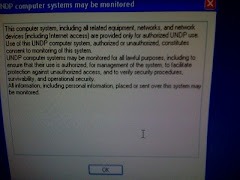









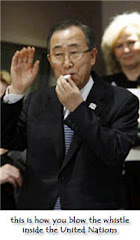
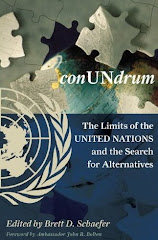

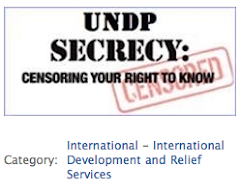

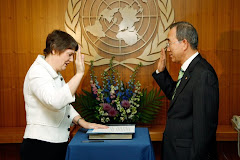





No comments:
Post a Comment